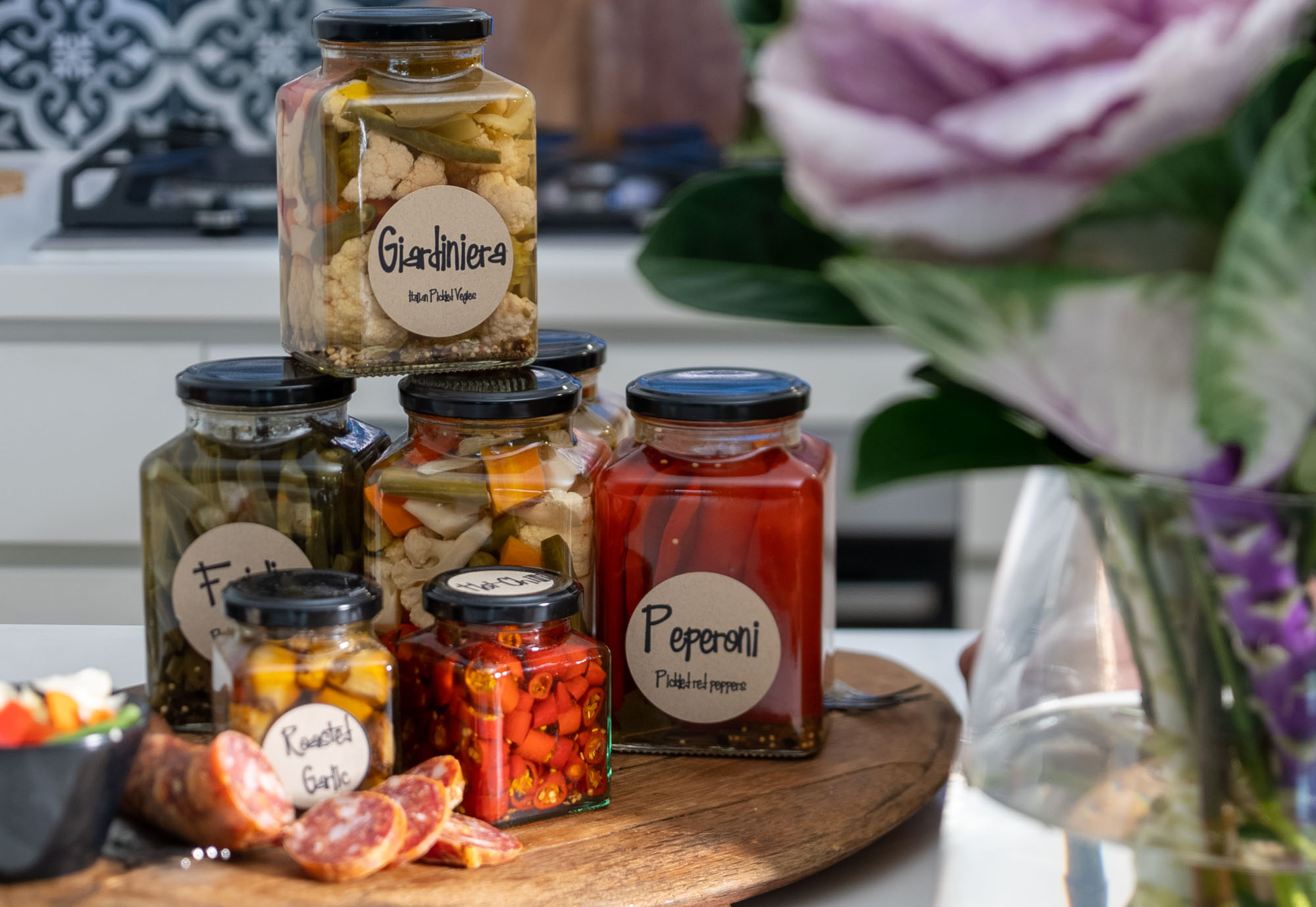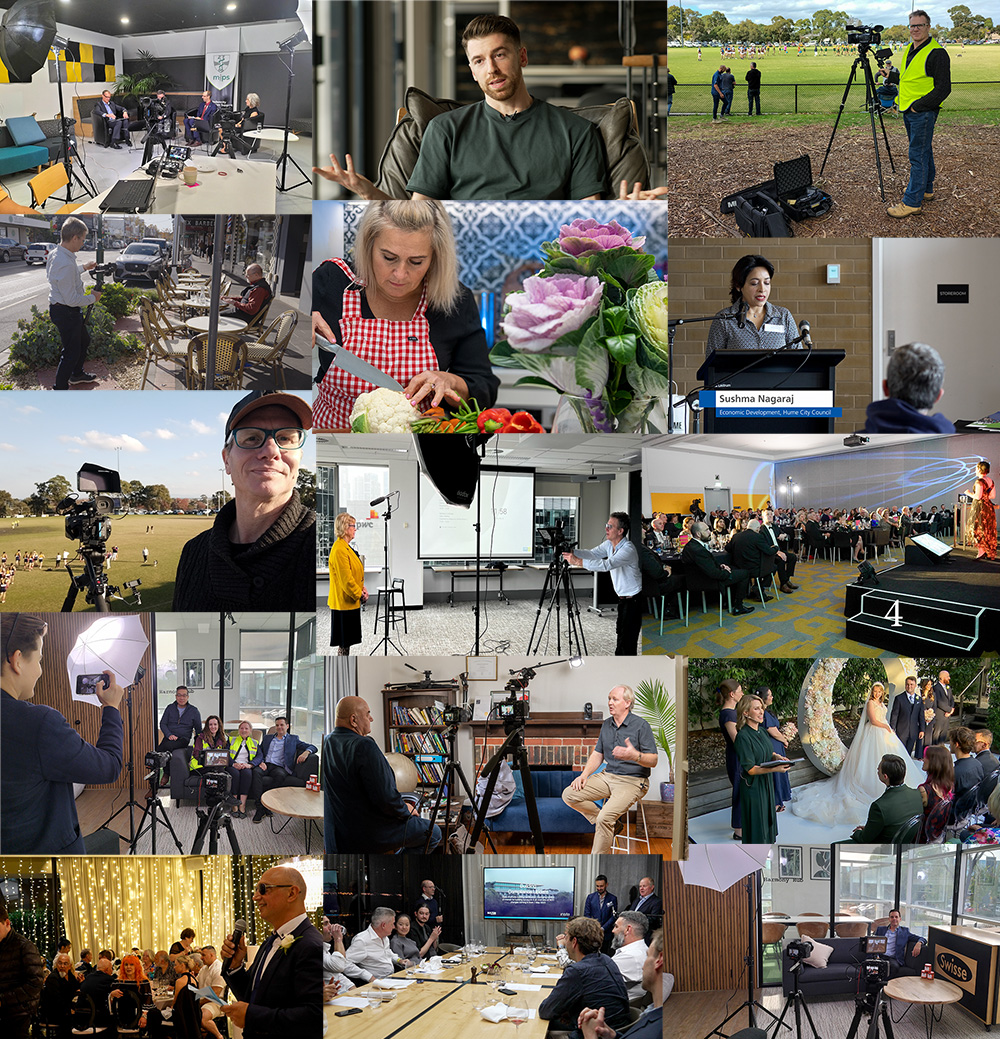Lockdown is a great time to be planning social media content. Making short videos is something we can all do, but coming up with content isn’t always easy. Before I give you some planning and scripting tips, check out this short clip I made on Saturday by way of example:
7 Tips for Planning and Scripting Videos
1. What’s the Purpose
Start by being clear on the purpose of the video. When I get writers block, it’s usually because I’m not totally clear what we want to communicate or who to. I like to write a two line sentence such as: “To inform prospective client businesses in Melbourne what functions we can still perform during this Covid lockdown”. Also, consider who will be the main character, and where will you film?
2. Keep it relevant to the audience
What questions do you regularly get asked by prospects when they inquire? What do you find yourself explaining about your service or product? These are great topics. If you’ve done your market research you should have an avatar, a picture of who your prospect is and their need.
3. Make it engaging
You want to grab their attention in the first 5 seconds. This doesn’t mean you have to tell them everything in this time. You can still have some suspense. That’s why I’ve got that shot of the masks on the washing line as the first scene (did that work?)
4. Show as well as tell
Try and include some ‘B roll’ or cover footage of what you’re talking about, or illustrate the point with graphs/ diagrams. Not just you talking to camera. Video gives you the opportunity to ‘SHOW’ not just ‘TELL’. You’re audience is more likely to remember the cover footage.
5. Keep it brief
Notice I didn’t say ‘keep it short’. It probably does need to be short, but like the old sales letter, it should be as long as it needs to be whilst keeping the audience engaged. That might be 30 seconds, or it could be (though much less likely) 30 minutes. The point is to use concise, obvious and plain English language.
6. Intro / Body / Conclusion
The introduction should establish your topic and purpose, the body goes into the detail and the conclusion is usually some form of Call-to-Action. Or as someone else said: “tell them what you’re going to tell them, tell them, tell them what you just said”. It gives the video rhythm.
7. You don’t always need a script
You do always need to plan a video, but for example for an interview, you don’t want interviewees trying to remember words. Don’t script them. Just have a conversation. For the video above I didn’t write a script, I just wrote a couple of dot points on the back of an envelope, and ran through it on camera a couple of times.






